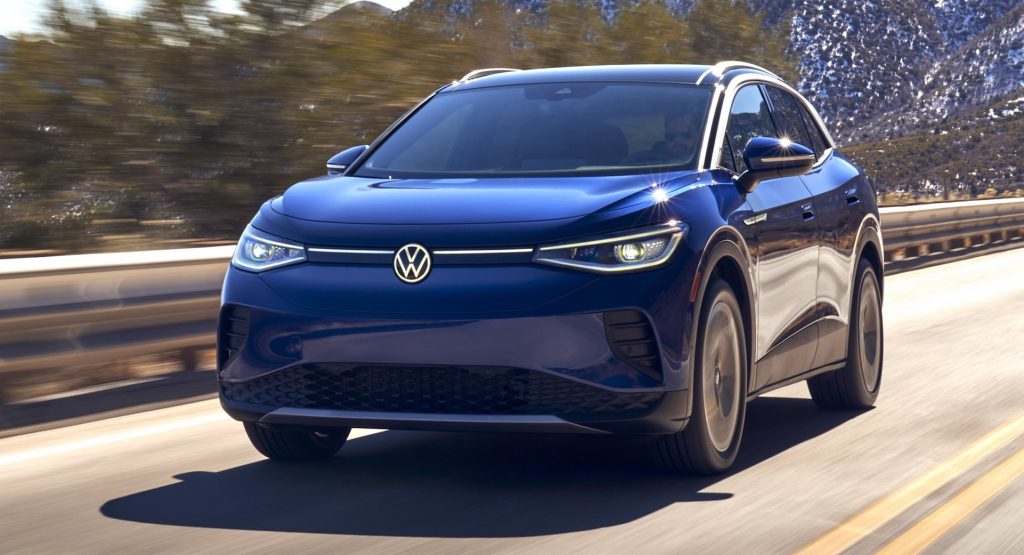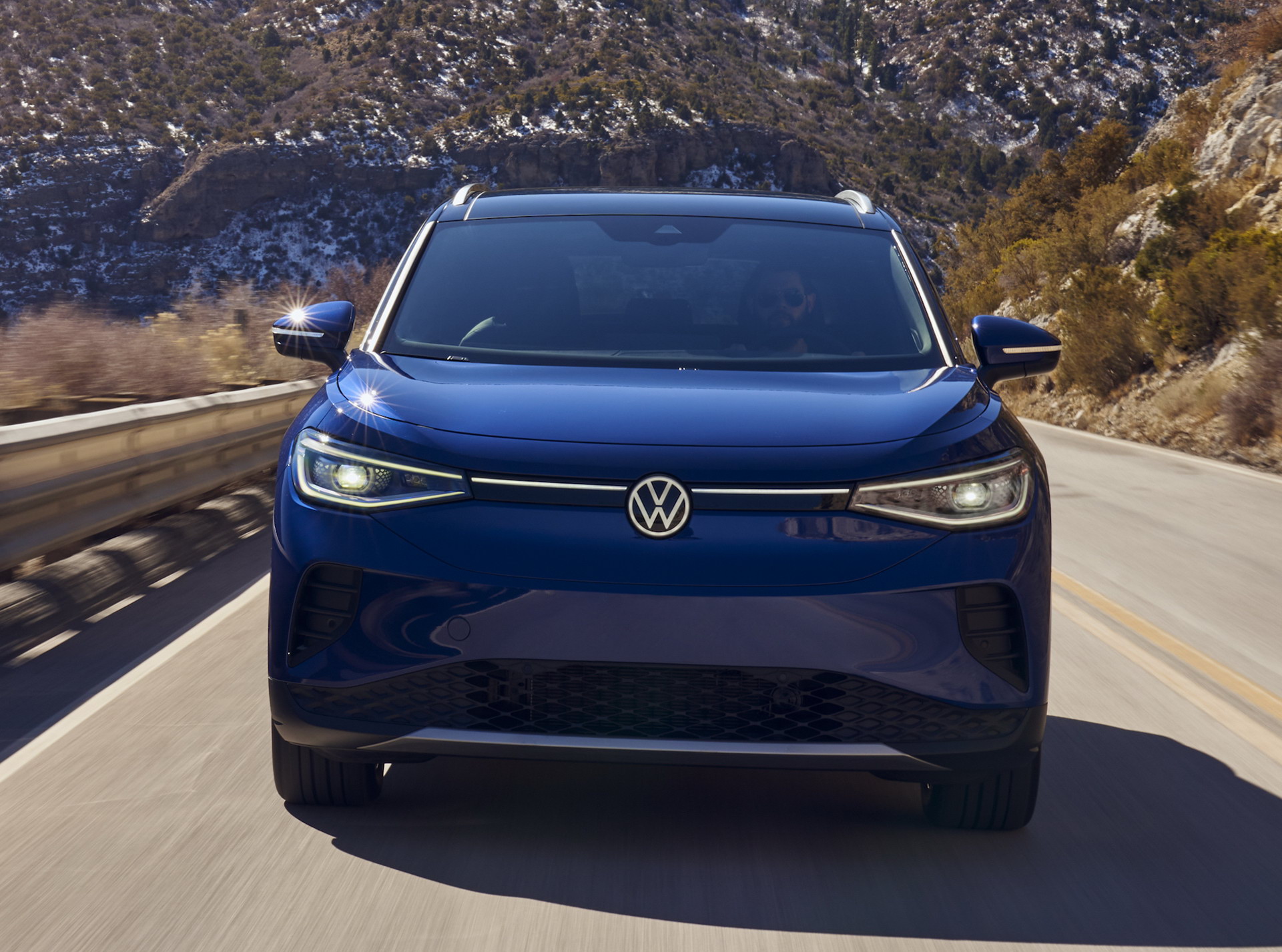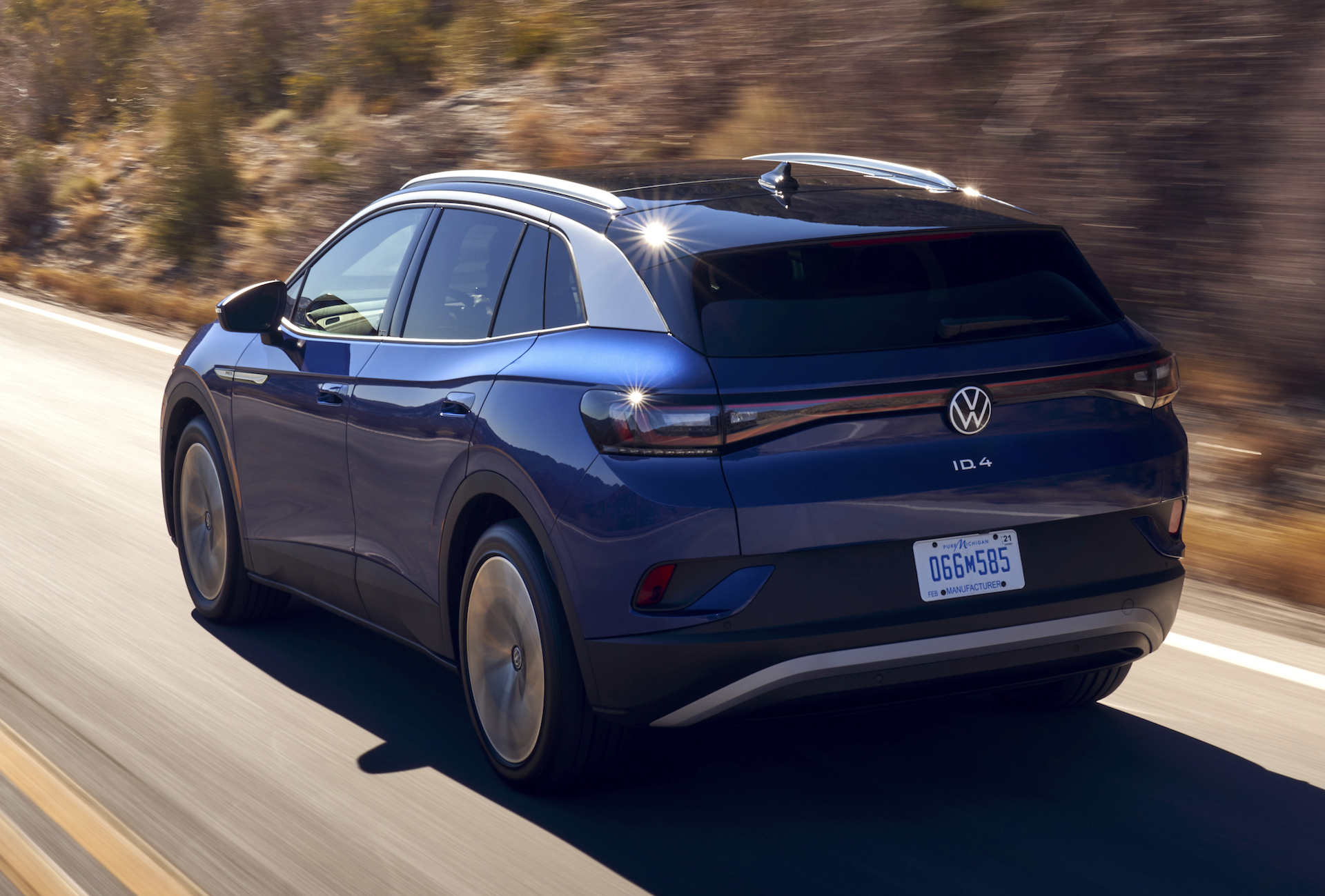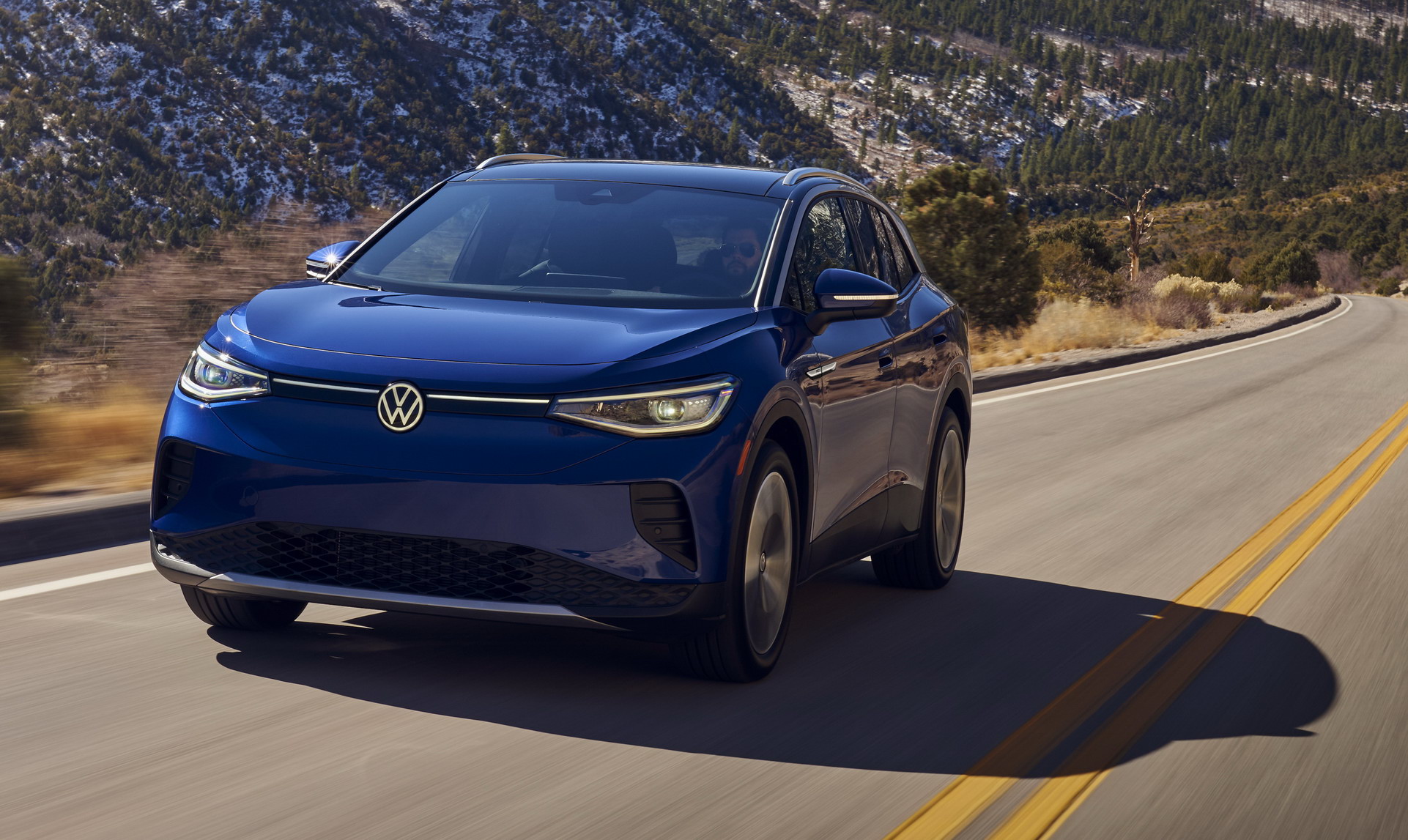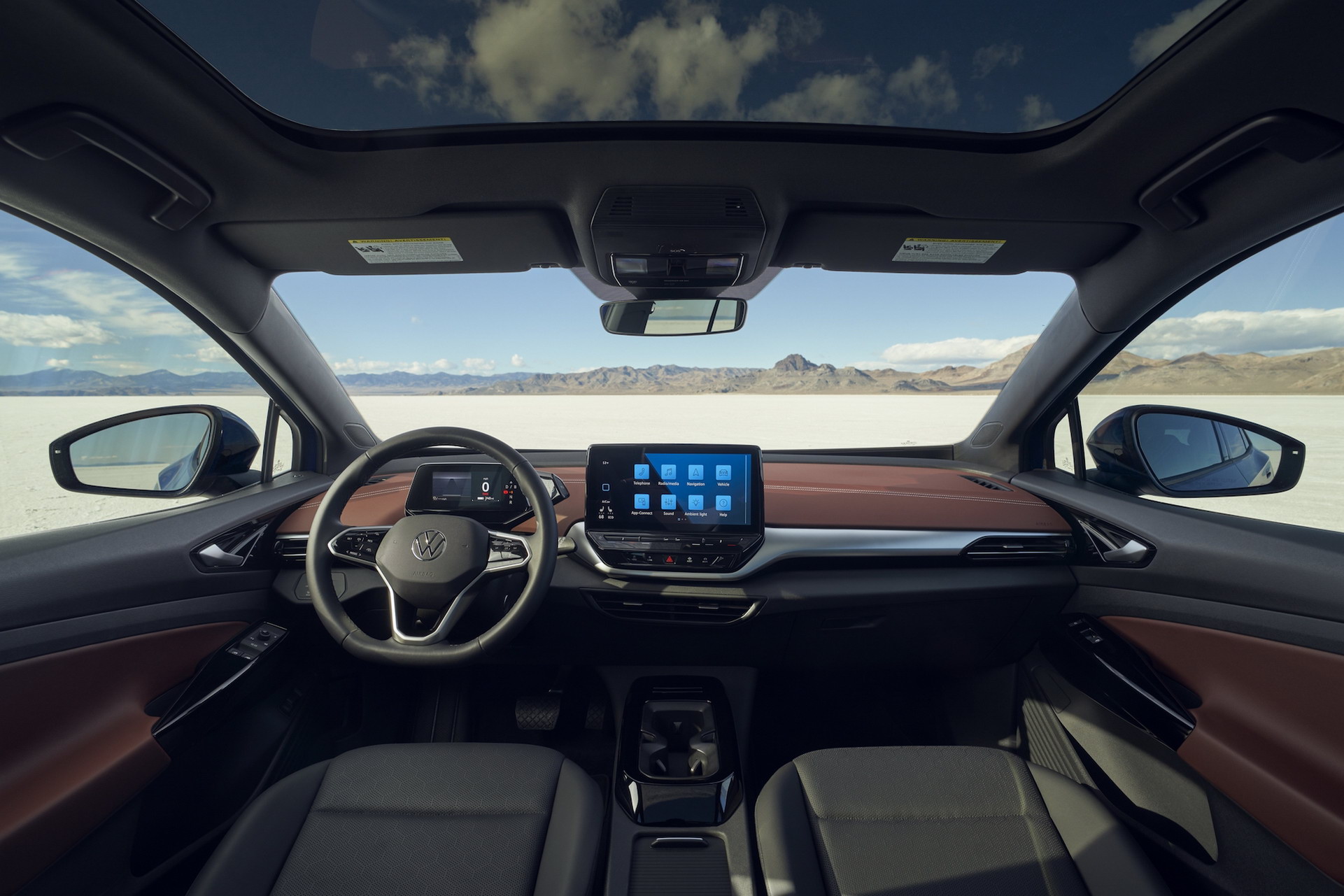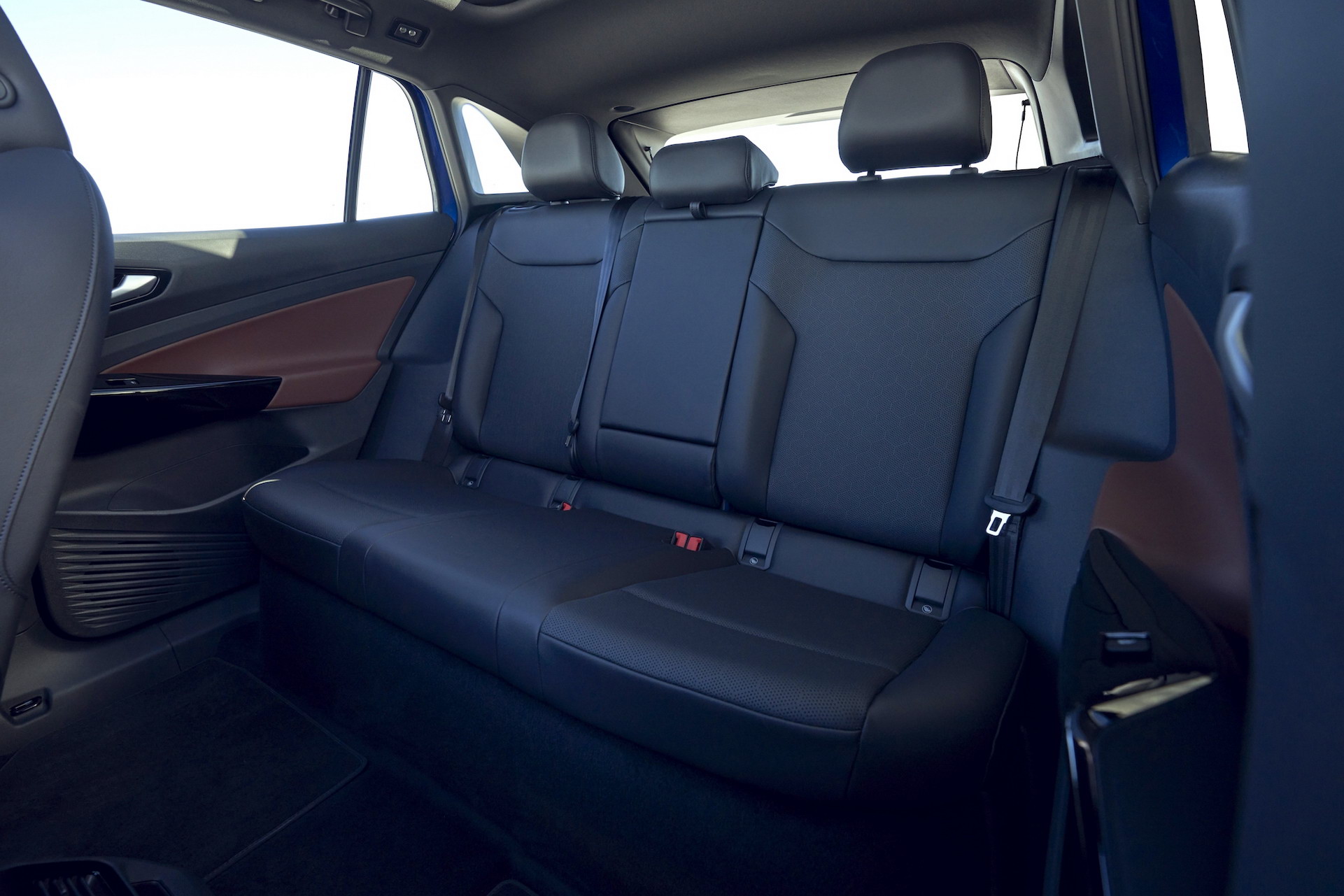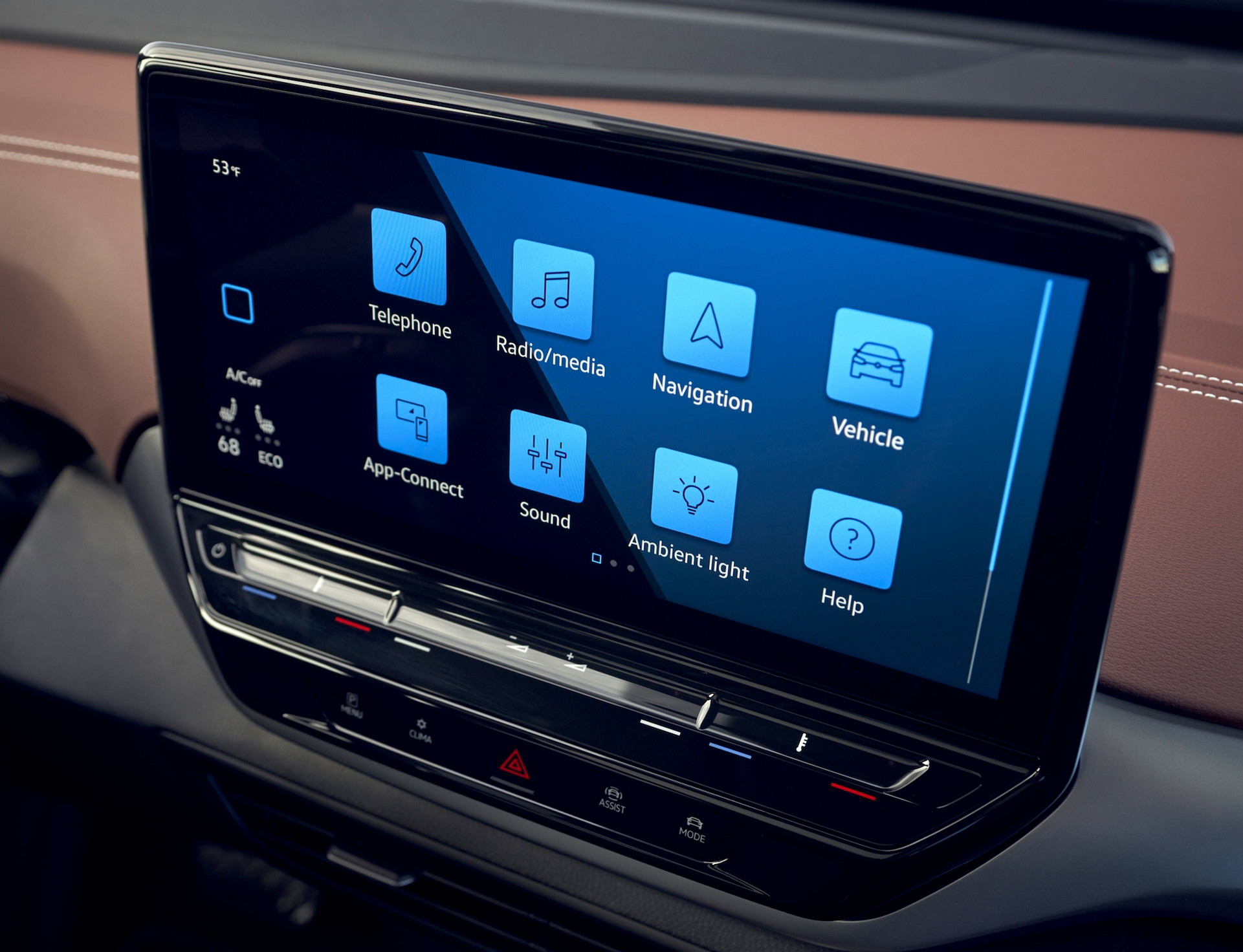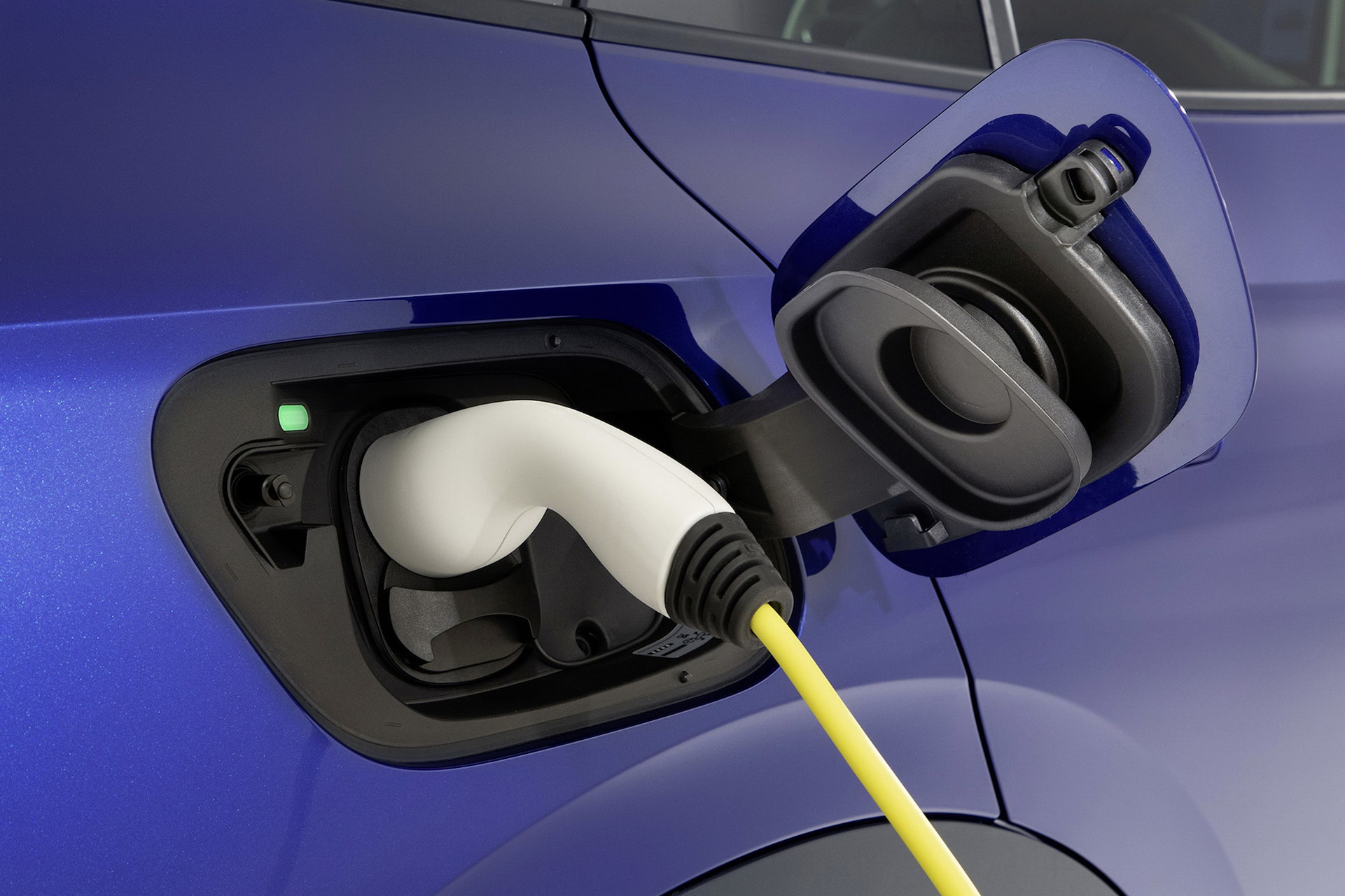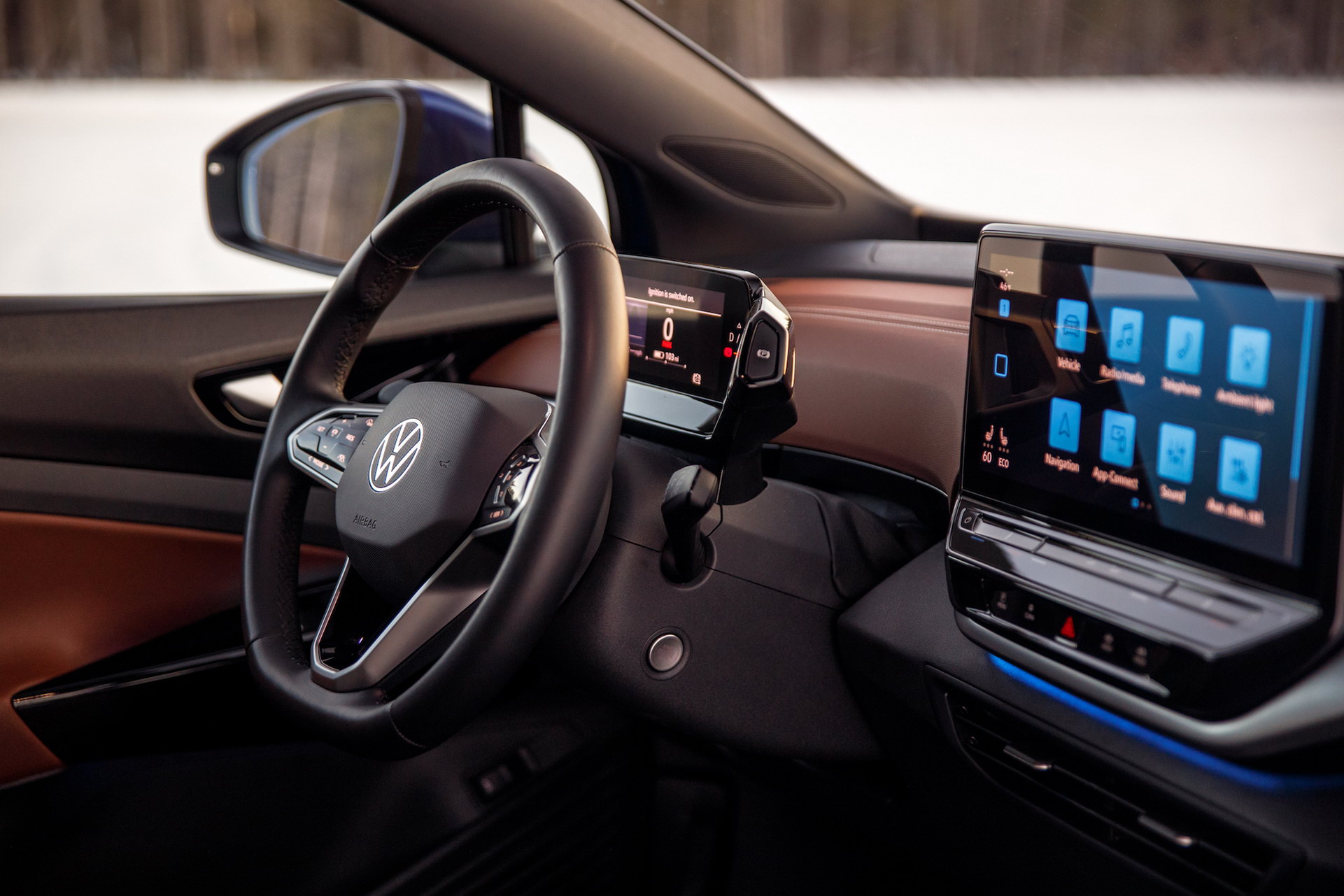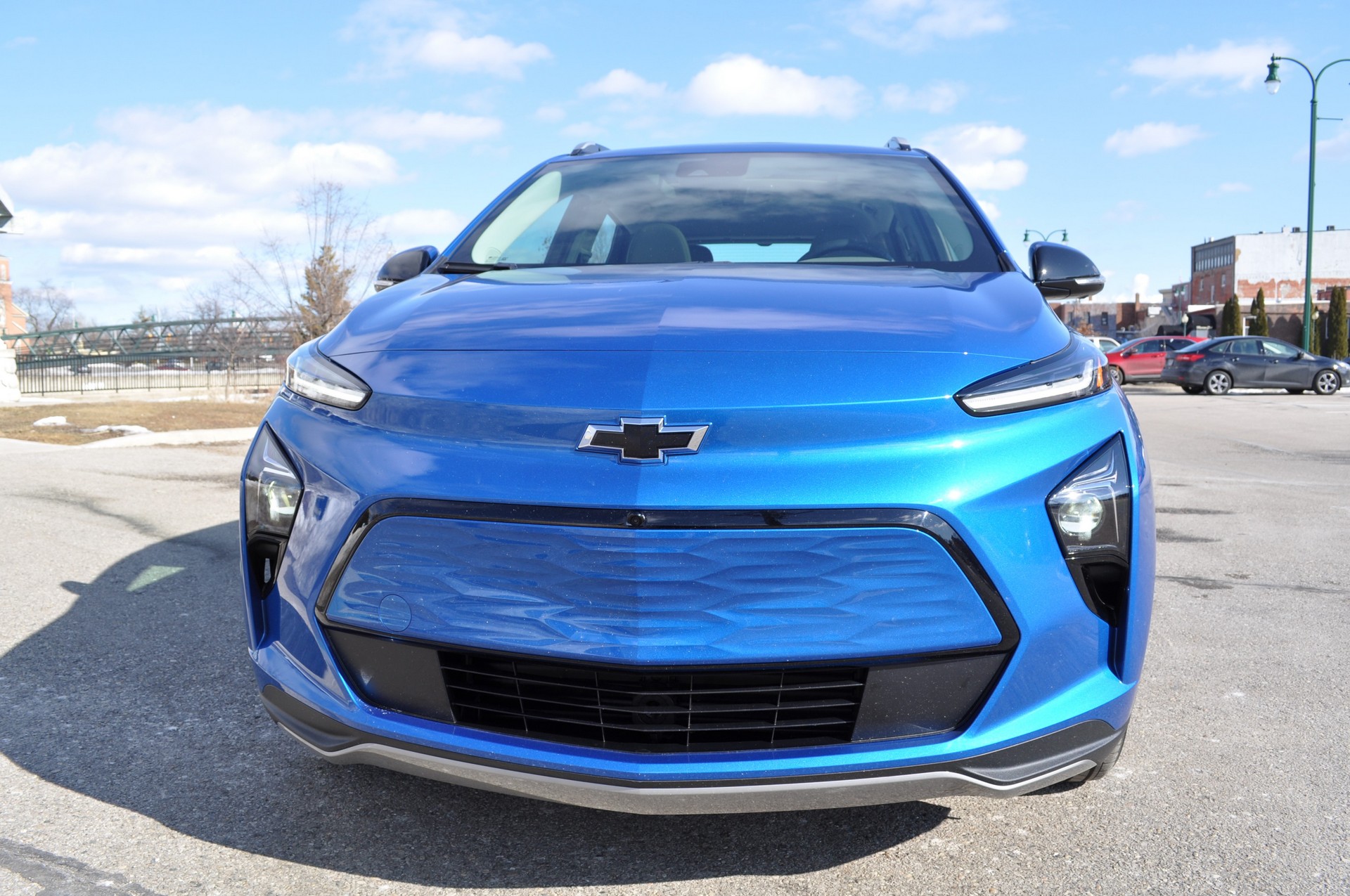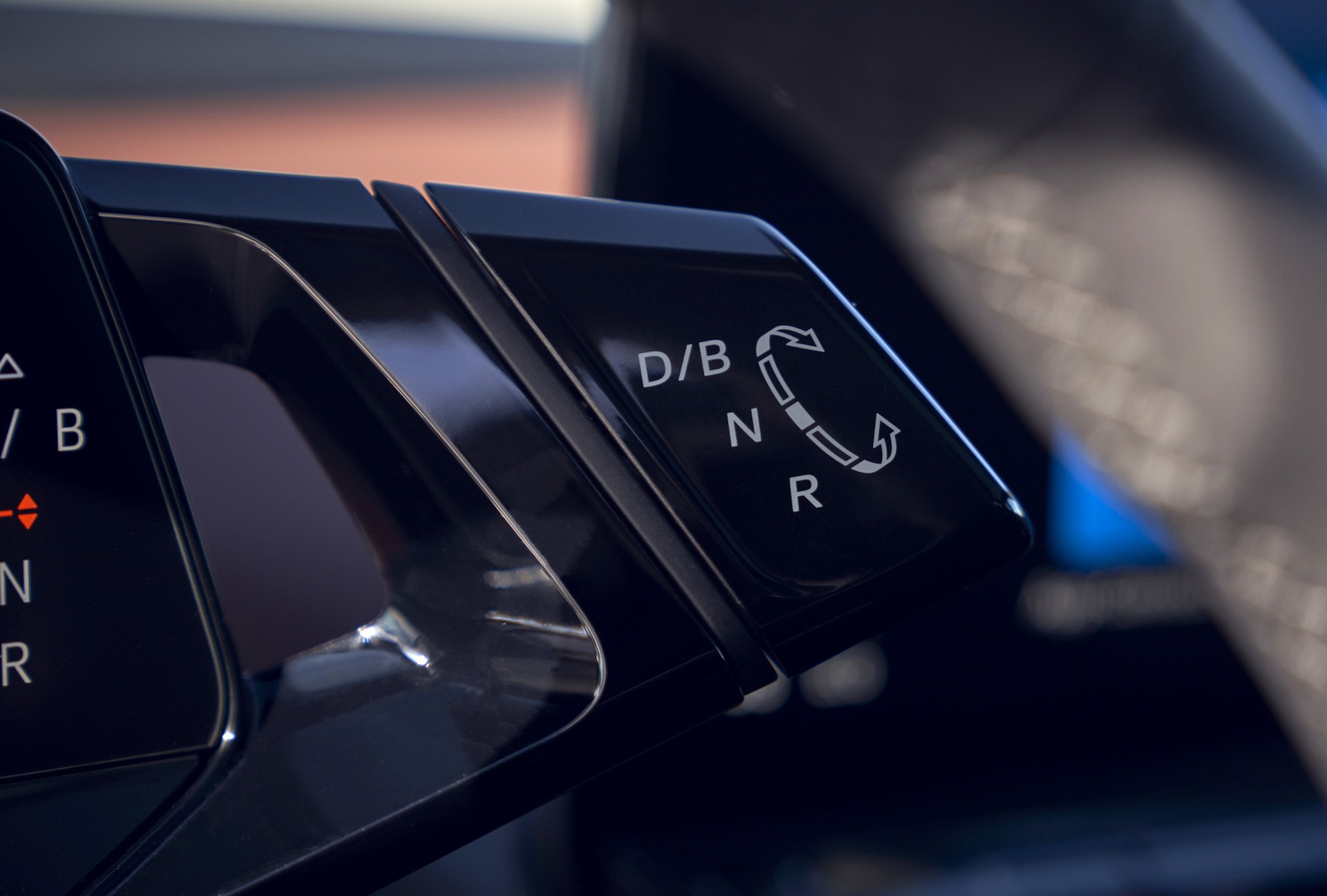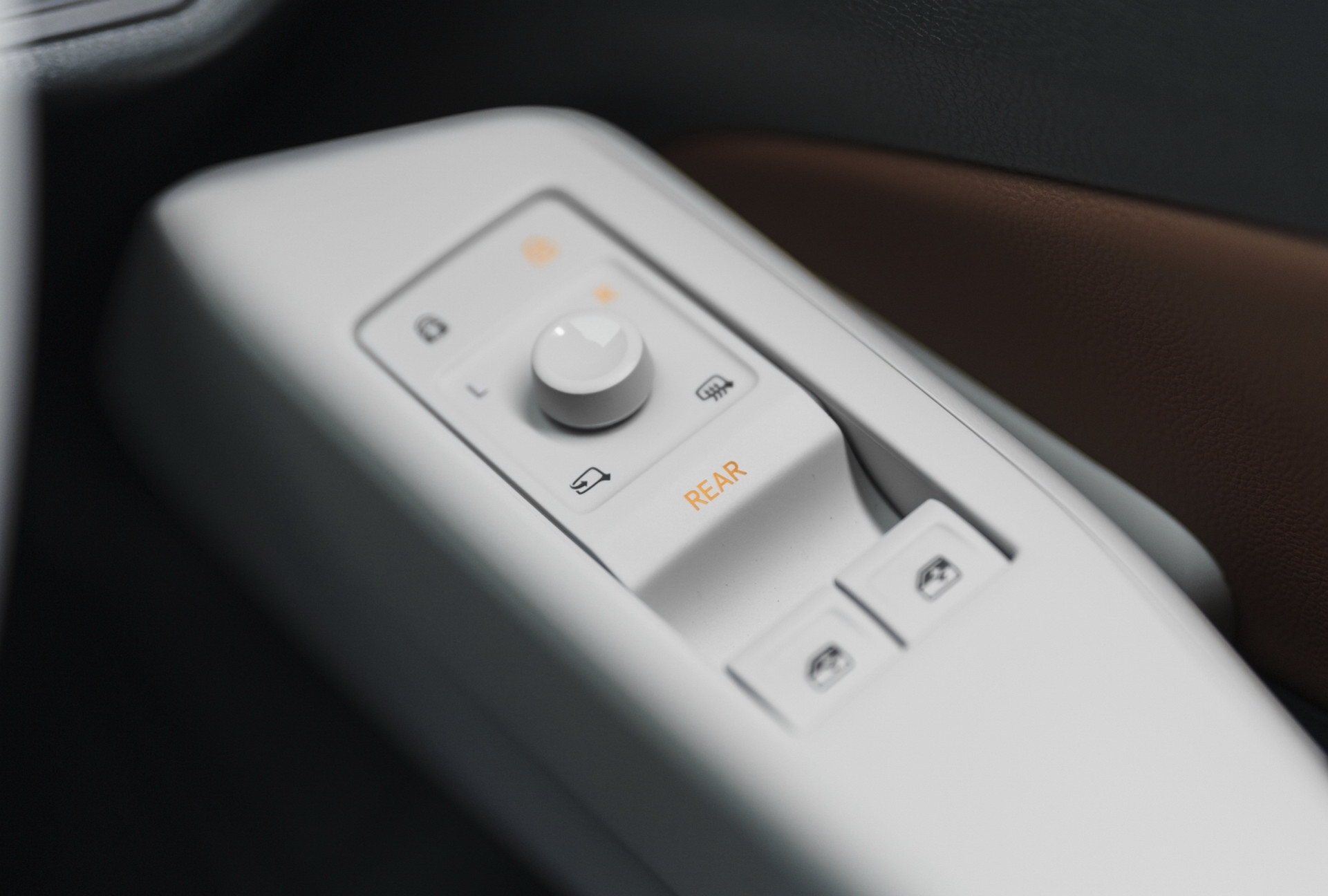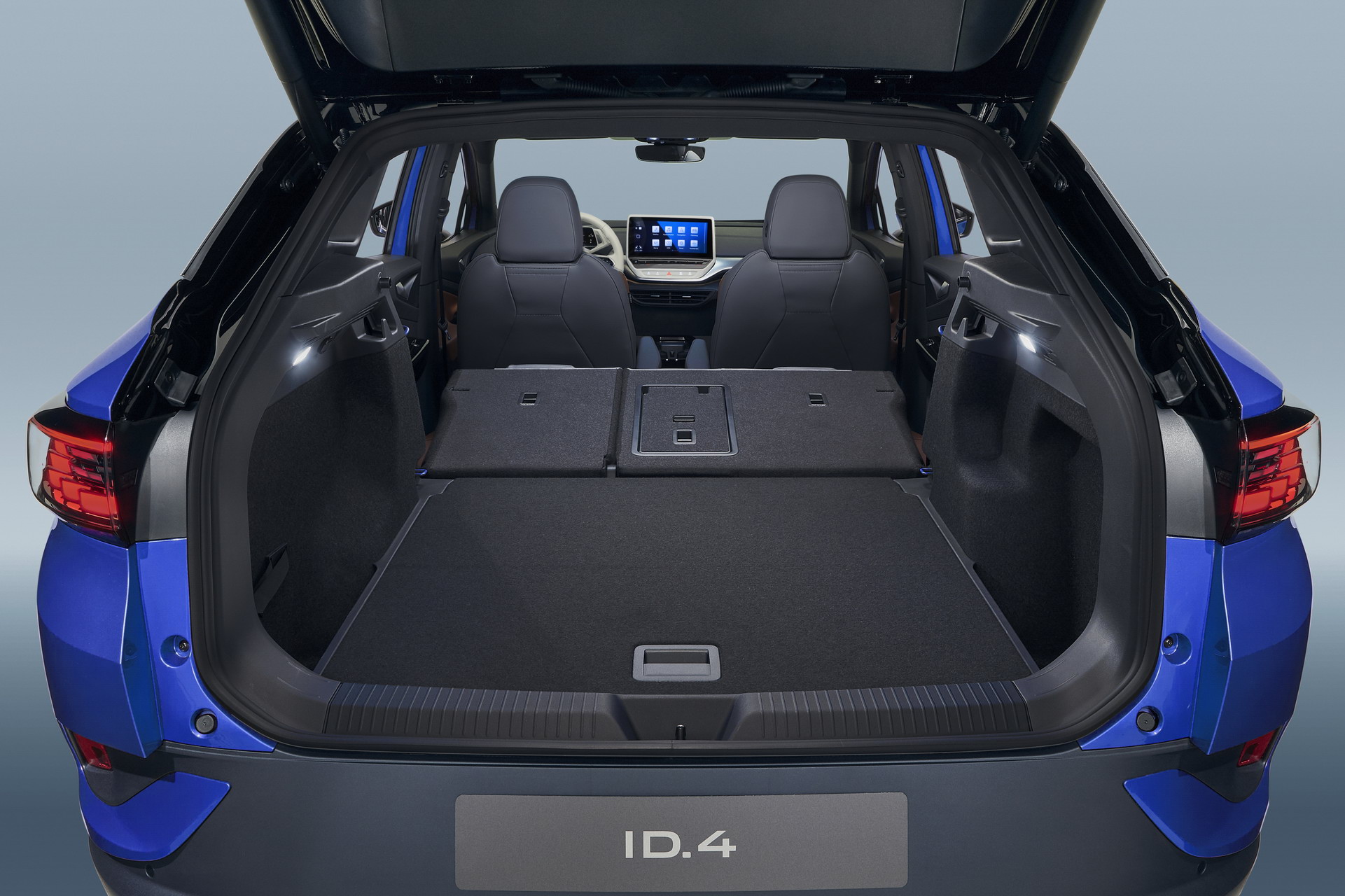The ID.4 is Volkswagen’s first electric SUV and the first ID model to make it to the US, where the smaller ID.3 hatch isn’t offered. It’s comfortable, roomy, and relaxing to drive, but there’s only one battery and motor combination currently available, and if you’re expecting Tesla performance, you’re better off shopping at Elon’s place.
Thumbs up: Ride comfort, space, visibility, refinement, range
Thumbs down: Average performance, dull to drive, small nav screen, some materials feel cheap
Volkswagen ID.4: The Lowdown
Volkswagen decided not to bring the ID.3 to the US because it didn’t think it would sell many cars. But it expects to shift thousands of its ID.4 big brother, so you better get used to that face.
The ID.4 shares the same MEB electric platform as the Audi e-tron, Skoda Enyaq and ID.3, and even rides on the same 108.9-inch (2765 mm) wheelbase as the hatch. But there’s more interior room and luggage space, and the styling is fractionally less space-age.
Currently the only powertrain combinations is a 77kWh battery mated to one 201 hp electric motor driving the rear wheels. Volkswagen plans to add more ID.4 variants by the end of the year, including a hotter 300 hp four-wheel drive version, and, in some markets, a more affordable versions with less power than this.
Driving the ID.4: Performance
If you’re coming to the ID.4 from a Tesla, or have simply absorbed so many lurid stories about the giant-killing performance of Teslas that you expect any EV to wheelie away from the stoplight when you mash the right pedal, prepare to be disappointed.
The ID.4’s 201 hp might not be that much less than you got from a Golf GTi a few years back, but the EV’s chunky 4683 lbs (2124 kg) curb weight kills much of the urgency. Zero to 60 mph takes 8.5 seconds according to VW, and though we managed to cut that to less than 8, it never feels more than moderately brisk when you’re driving solo. Load it up with a full complement of passengers and luggage and you’re likely going to want more torque than the 221 lb ft you’re stuck with.
Driving the ID.4: Ride And Handling
It’s a similar story when it comes to the chassis. In many ways it’s great. It rides far better than a Mustang Mach-E, the steering is slow, but accurate, and the ID.4 stays together when you throw in bumps and curves. Think big, quiet Golf: it’s an accomplished car, but never much fun to toss around.
And if you like EVs that offer so much regenerative braking you really can drive them with only your right foot, the ID.4’s coasting-biased ethos might not suit you. You can select ‘B’ for braking via the transmission shifter, but the effect is milder than on some rivals.
Living With the ID.4: Space, Practicality, Comfort
If the ID.4’s performance is a little underwhelming, this is where it claws back points. There’s plenty of space for people, and almost as much for their luggage as in a Volkswagen Tiguan, though unlike some EVs, there’s no frunk.
But the ID.4 feels roomier than a Tiguan because of the low dashboard and big glass area. It’s also big on refinement and low on noise, adding to the sense of zen-like calm at the wheel, though some of the materials, like the hard door panels, are maybe a little less premium than we’ve come to expect from Volkswagen.
Living With the ID.4: Connectivity
The ID.4’s standard 10-inch infotainment screen on the entry-level ID.4 Pro is disappointingly small next to a Tesla Model 3’s or Mach-E’s displays, and the software isn’t as slick. The more expensive Pro S (Statement) trim gets a bigger 12-inch display. Both come with wireless charging and smartphone app connectivity.
Living With The ID.4: Charging And Range
A 77 kWh battery gives an EPA-rated driving range of 250 miles (and 310 on the European WLTP cycle), though in reality you’ll get closer to 220-230, possibly less, depending how you drive. Make use of the 125 kW charging capability and you can take the battery from 10-80 per cent in around 35 minutes.
Buying The ID.4: Price, Equipment
You can pair the sole available drivetrain setup with either Pro ($39,995 before tax incentives) or First Edition ($43,995) trims, with the latter adding 20-inch wheels, projector headlights and a panoramic roof to the Pro’s heated front seats and steering wheel. You can also add many of the First Edition features to your Pro by spending $4500 on the Pro S (Statement), and $1500 on the Gradient pack.
The catch is the First Edition is sold out in the US and the Pro doesn’t arrive until summer 2021, followed by a $3680 bi-motor, all-wheel drive option at the end of the year. In some markets, such as the UK, only the £40,800 First Edition is available for now.
Volkswagen ID.4: The Rivals
Chevrolet Bolt ($33,995)
New crossover-style Bolt is bigger and cheaper, but doesn’t qualify for tax credits.
Ford Mustang Mach-E ($42,895)
Not much of a Mustang, but faster and more fun to drive than the ID.4.
Hyundai Kona Electric (2021MY $TBC)
Facelifted Kona is fairly rapid, but back seats cramped and no AWD option.
Kia Niro (2021MY $40,265)
Roomy, strong value crossover, but short on cool.
Volkswagen ID.4: Here’s What You Asked Us
You asked: Does the LED band over the dash that illuminates to indicate the ID.4 is listening to your voice commands cause any visibility issues at night?
We say: The light is fairly bright but we didn’t find it annoying, and soon stopped noticing it at all.
You asked: Is the gear shifter difficult to use?
We say: The rotatable gear shifter is mounted on the end of the small digital instrument cluster and obscured by the steering wheel. But it’s pretty intuitive: twist forward for Drive (forward again to increase regeneration), back over for Reverse, and there’s a button on the side for Park.
You asked: Are the new window switches annoying?
We say: The door panel has only two window switches, one each for left and right. If you want to operate the rear windows from the driver’s seat you have to push a separate button first, then use the same switches. It’s a pain and must save about 0.01 oz of weight.
You asked: How much luggage space is in the frunk?
We say: There isn’t one.
You asked: Will my dog fit?
We say: Depends how big your dog is and where you want to put it. The rear seats don’t slide but there’s 30.3 cu ft (858 litres) of space behind them which, while not as generous as in a conventional SUV like the Honda CR-V, should be enough for most pooches.




